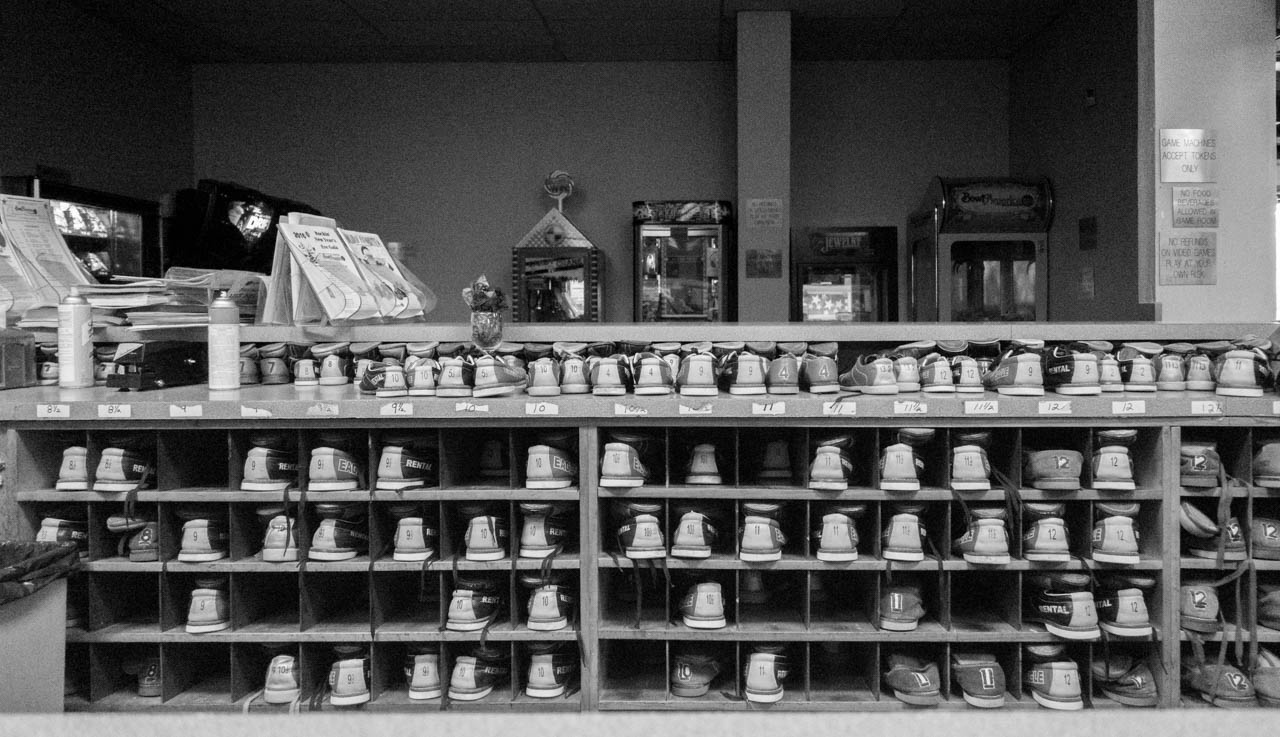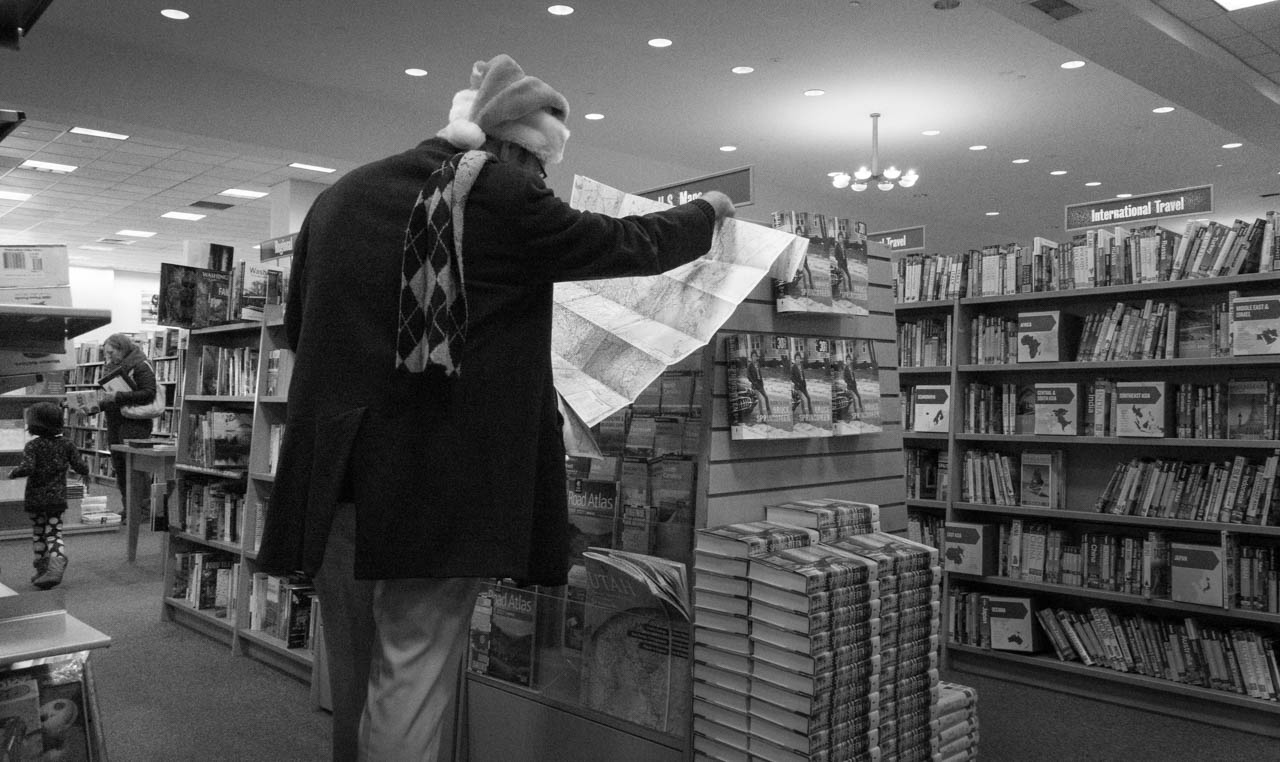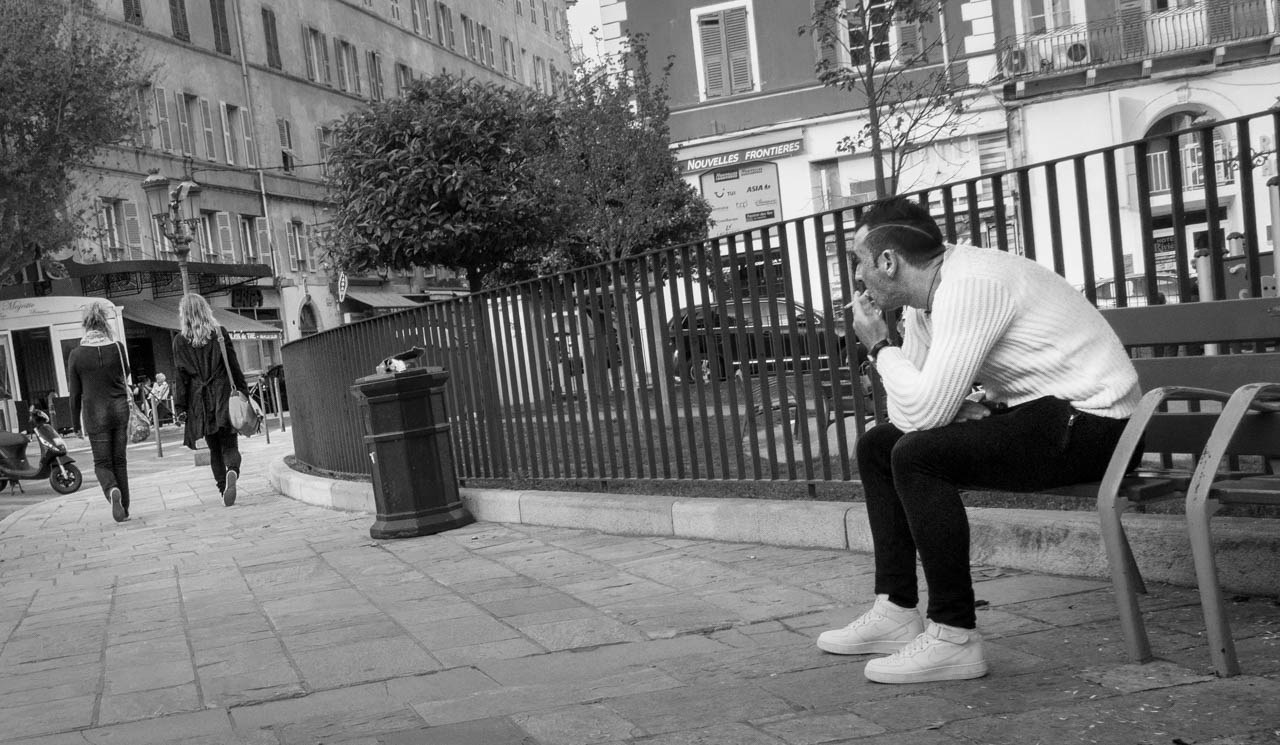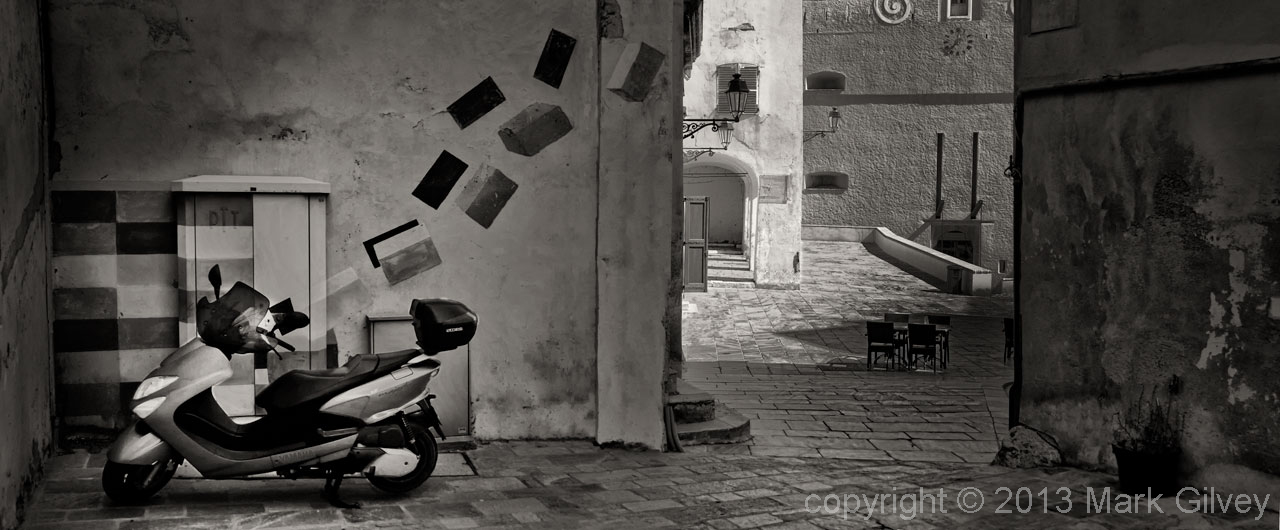Street Photography
Project Overview
Returning to what you can’t leave.
As a photographer, what genre never really leaves your life?
It’s always there; lurking, stalking, and waiting for you. It’s street photography, and it’s always a bloody challenge when you think it’s so easy.
One of my passions within travel photography is the Street Photography genre. It’s where we all began as amateurs, and somehow, many of us get drawn back by its elusive lure. Back in the day, it was called “candid photography.” A label that I despised and as a result, I began to pursue other genres including auto racing, and special effects photography, just to avoid being asked “can you just do some candid photography?”
Eventually, budding amateur photographers become hobbyists and drift away into the expensive and technical end of photography thinking street was just for amateurs. If hobbyists are really compassionate about photography (and they still have money left in their bank account,) eventually they pursue a professional career trading time, skill, technical know-how, and talent for dollars.
Finally, they get to live and breath their passion every day, but they too forget about what it was like to just have a simple camera and take a photo without light meters, fancy strobes, and a bag (or four) full of photography gear, lighting gear, audio recording gear, video gear…
Gear! Gear! Gear!
How much will it take to end your fear? Fear of:
- Of not having the right gear to retake the photos you took last year
- Of photographing strangers when they’re near
- For you to learn how to catch the right moment when it is here
- For you to talk and learn about people who give you their ear
Then, one day after we’ve spent what seems a lifetime learning how to photograph, we find ourselves back out on the street; we see something really interesting and take the shot. Then the memory comes back to us like a breath of fresh air because of its simplicity; we go back to street. Back to the purest form of photography. It’s just you, your camera, your personality, your nerve, and your fear.
Forget skill, forget technical ability, forget the fancy-ass lens you spent $3000 on, here.
All that stuff means exactly; squat. What matters most is what you capture and when you choose to capture it. Spend your time learning how to identify great shots and how to compose them and less about the technical minutia that plagues photography. Those two things you can take with you no matter what new camera or lens you purchase.
Work on what’s in front of the camera instead of the camera itself. The photographers with the $8000 cameras, $3000 lenses, and enough minutia regarding what blur looks best, will drop jaw when they see your photos and wish they had captured that shot—then they will bring up the minutia.
You can do the technical part or you can let the camera do it for you until you learn how to control it yourself. Yes, eventually, you’ll have to learn the technical aspects of photography to claim another 2% of the “great photographic pie.” But it’s also important to strengthen your personal skills first or most often. Put it this way; in interviewing for a job, which is more important at an interview; your enthusiasm for what you want to do and what you offer the company or whether your tie costs $500 vs $2 from the thrift store? Same thing. The tie will wear out but your enthusiasm you carry with you and can use it again and again.
This is because it’s all about the subject and not about everything else. The “everything else” is what we photographers typically spend 98% of our time and ALL of our paychecks on. Street doesn’t care about that. Your ability to know when to press the shutter release, how to compose, or how to connect with people is a far greater asset, and even composition can be adjusted in post.
In 1985 I made the jump as a professional commercial photographer. In the last 10 years, I returned to street whenever possible or whenever I needed a break from commercial work. In the last three years, I figured out how to make street photography easier just by my choice of camera.
Case in point; in 2015 I had an opportunity to travel to New York City, Paris, Amsterdam, and Bastia (Corsica) within a two-week period. I left the $3000 camera and the $10,000 worth of lenses at home. I didn’t rush out and purchase a $7,000 Leica Mono and a $4,000 lens. I purchased a point and shoot, albeit one that is higher on the food chain than most.
The funny thing is, even with a camera that lets me get closer to people without disturbing what they are doing, street frustrates me just as much now as it did when I was young. The only difference today is, well, you know, there really is no difference. I still feel like I don’t know what I’m doing, I don’t have the courage to get as close as I’d like or need to, and it always seems like the shot I wanted flew away a half-second ago. Like giving a presentation to an audience, talking to strangers is ALWAYS difficult until you get warmed up.
Even today I bring home a ton of digital crap that ends up in the trash. Sometimes the subject is not facing the right way, sometimes they are and something else goes bad. It’s an endless source of frustration trying to take photos of complete strangers that will never be printed to grace the walls of my home. Why would I want to put photos of strangers on my walls? Frustrating.
You see, this is what we call fun.
And once you get a good shot, street photography turns into a narcotic that you can never break loose from.
Welcome to my Street Photography gallery. I hope you get some inspiration. Enjoy and please, tell your friends.





